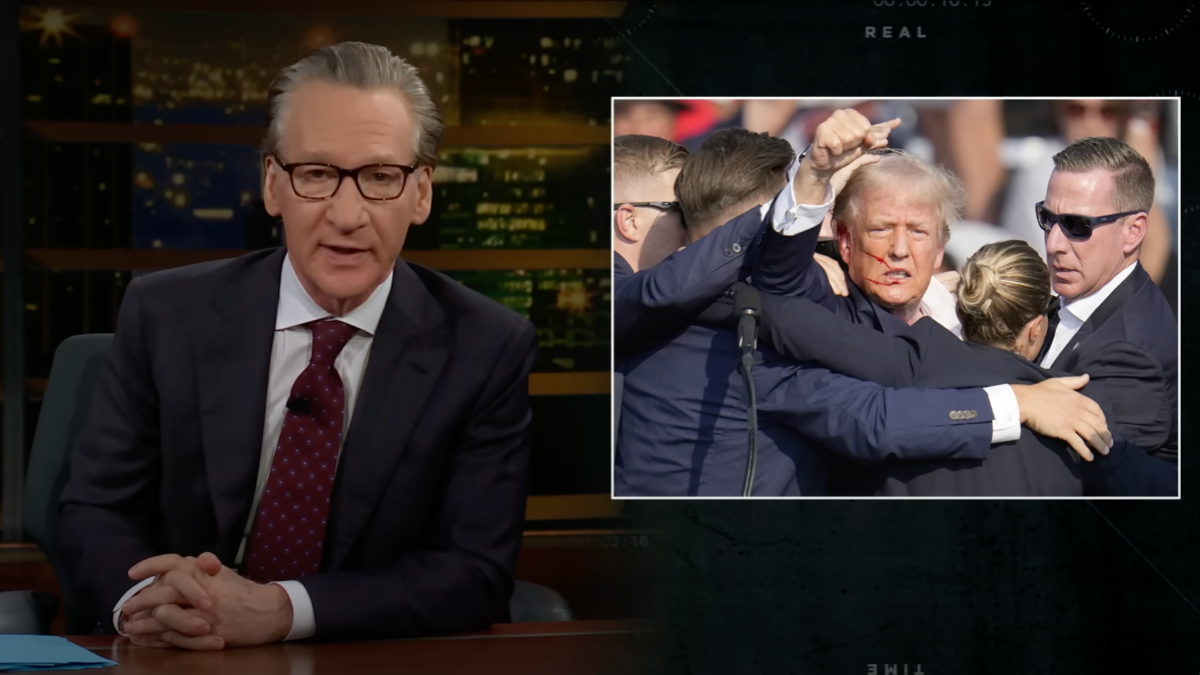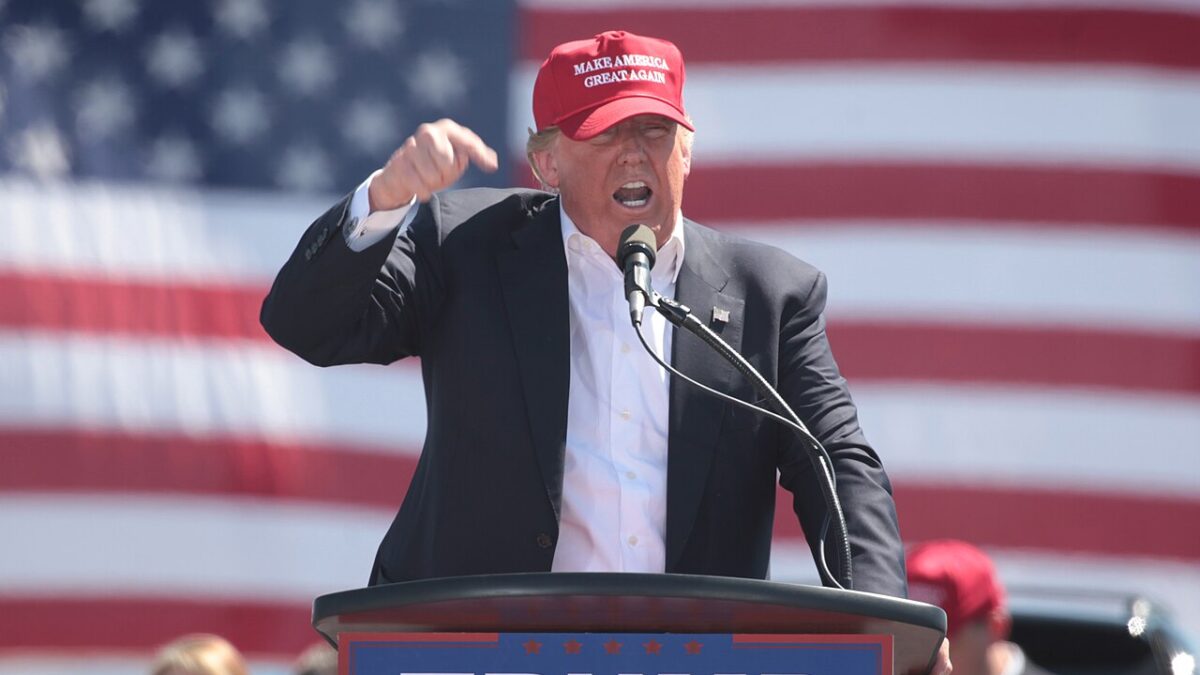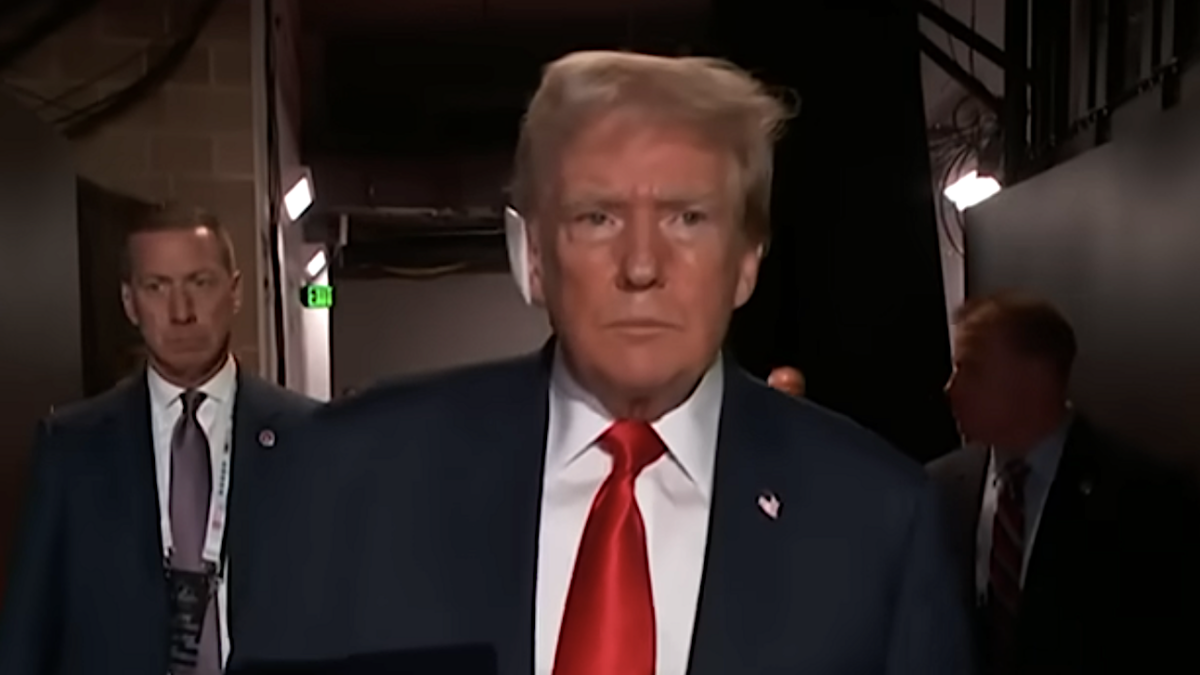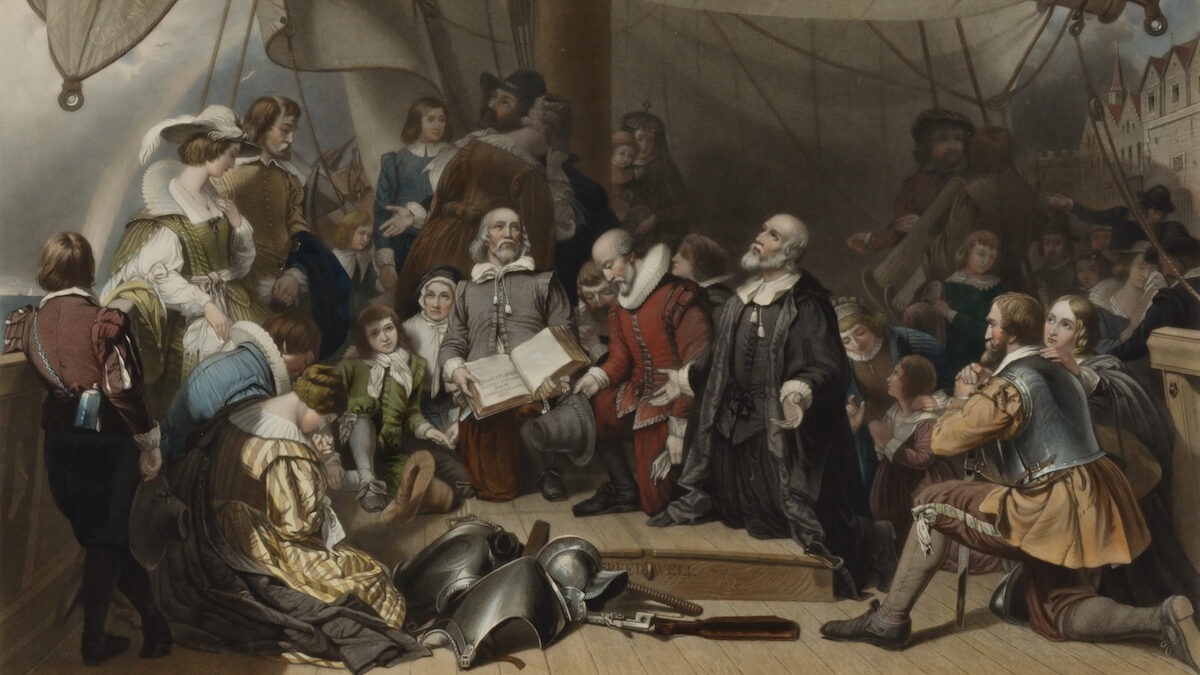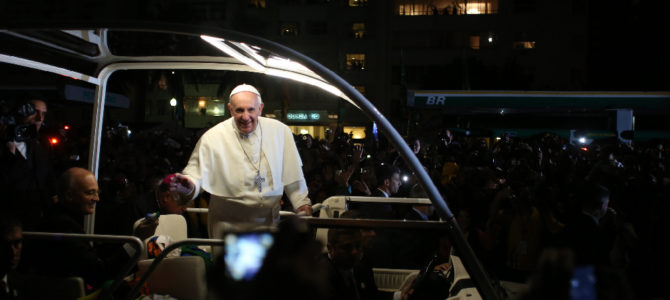
The recent publication of a devastating report on Pope Francis in the German news magazine Der Spiegel marks a new phase in the continuing crisis in the Catholic Church. The report (as yet unavailable in English) is entitled: “Thou shalt not lie: The silence of the shepherds.”
Contradicting the widespread image of Pope Francis as a “reformer” concerned to expose clerical sexual abuses within his church and punish the offenders, the report reveals a pope who for years has been indifferent to the complaints of abuse survivors, and has surrounded himself with an inner circle of close advisors, several of whom have been accused of cover-ups.
Der Spiegel’s report is decisively important for at least three reasons.
1. Ordinary people are speaking out.
The report is the carefully documented result of hard journalistic work, some of it in Argentina, where Francis, then Jorge Bergoglio, had been cardinal archbishop before his elevation to the papacy in 2013. It also gives voice to ordinary lay Catholics whose complaints about clerical sex abuse Francis has studiously rejected or ignored. These charges do not come from Vatican insiders who want a grudge match with Francis over doctrinal differences.
For example: An Argentine woman, Julieta Añazco, says that a priest sexually abused her when she was six years old. She and 13 other survivors wrote to the pope shortly after his election. They have had no reply. A defender of Argentine abuse survivors, Juan Pablo Gallego, says that in Argentina, Francis is suspected of having protected rapists and child abusers “for years.” This witness points to a certain Fr. Grassi, now in prison for raping teenage boys. Francis ordered a legal report to defend Grassi.
When Gallego met then Cardinal Bergoglio in 2006 to discuss the complaints, Gallego found him indifferent. According to Gallego, Francis was “withdrawn and mistrusting, he said no word about the fact that the Church paid Grassi’s lawyers. The current image of an open, sympathetic Pope Francis does not fit the man whom I sat in front of at the time.”
2. Der Spiegel changed its mind.
Der Spiegel is a major European news outlet with a left-leaning bias. No one could seriously suspect it of wanting to do a hatchet job on Francis because of ideological differences. In fact, early in Francis’ Papacy, Der Spiegel published an adulatory article on him, describing him as a pope who would “clean up the Catholic Church and improve its image.”
The story declared: “He has taken his office to heavenly heights. He makes it easy for people to love him. They like his incongruous approach and his plain words.”
But in a single stroke, the new Der Spiegel report demolishes the argument of Francis’ apologists that we should dismiss the accusations against him because they came from supposedly “right wing” sources. The report comes from a periodical that once thought that he had raised the papacy to “heavenly heights.”
3. The Watergate paradigm doesn’t apply.
Third, before the Der Spiegel report, attention had been focused on a rather narrow issue: What had Francis known about the decades-long sexual abuses of which former cardinal Theodore McCarrick stood accused, and when had he known it? (More on McCarrick below). Those questions forced the debate into the Watergate-type mold, long familiar to American journalism: What did he know, and when did he know it?
Der Spiegel’s report helpfully redirects the focus away from American obsessions with Watergate to a broader and more salient inquiry: How has Francis governed his church? What should Francis have known, and what should he have done about it? Is he a reformer, or is he part of the problem?
It is becoming unmistakably clear that he is not only part of the problem, but also the chief obstacle to its solution.
How the Current Crisis Emerged
As we have written, this crisis threatens the Roman Catholic Church as nothing else has since the events of the Reformation just over 500 years ago. It is not, any longer, simply a crisis about pedophilia, or the abuse of young children. As Maureen Mullarkey wrote in The Federalist recently, the current scandals are about homosexuality, including the abuse of adult Roman Catholic seminarians and clergy by higher ranking homosexual clergy, and the concealment of those offenses by other high-ranking clergy.
The particular scandal that triggered the current public discussion is that of McCarrick, the former cardinal archbishop of Washington, D.C., who was a close advisor to Pope Francis and reputedly influential as a lobbyist in Francis’ election to the papacy. In the course of his long career in the church, McCarrick routinely abused and assaulted seminarians. And everyone knew, or should have known.
As far back as 2012, mainstream media outlets were inches away from running stories about McCarrick — a “progressive” Catholic — only to have the stories shut down. A book in late 2002 outlined the abuses by an anonymous bishop, immediately identified as McCarrick, “who was notorious for taking groups of seminarians to his weekend home and sexually harassing or abusing them but was nonetheless promoted up through the ranks by Pope John Paul II.”
Church officials were contacted, but nothing was done.
McCarrick’s Rise and Fall
As archbishop of Newark from 1986 to 2000, McCarrick had a “well established” reputation for visiting the seminary, where he would make unwanted sexual advances at seminarians. There was a long-running joke in Newark’s seminary that they had to “hide the handsome ones” before McCarrick arrived.
Former seminarians, speaking to the National Catholic Register, describe McCarrick’s visits as an “uncomfortable experience.” McCarrick would often touch seminarians, including by putting his hands on their thighs. Then he would invite the willing to stay the night at his beach house, paid for by the church, or at the cathedral rectory in Newark.
The behavior went far above and beyond activities “between two consenting adults.” This was about power, and the abuse of subordinates who felt powerless to fight back. It was like the Hollywood of Harvey Weinstein, but within the training grounds of the Catholic priesthood.
That culture, which started at the top of Newark’s diocese, filtered down. One priest, Father Desmond Rossi, has publicly alleged that he was sexually assaulted by two transitional deacons in the late 1980s. Father Rossi immediately told the archdiocesan authorities about the assault and went before a review board. Despite finding his version of events “credible,” nothing was done, and Rossi even faced retaliation.
Another priest, speaking anonymously, recalls being invited to a priests-only cocktail party that turned out to be a gay sex party. “They were all carrying big mixed drinks, pink ones, it was like something out of Sex in the City.” After being whistled at, among other things, the priest left the party, while those who remained inched closer to each other on the couch.
Another priest, who was ordained during McCarrick’s reign in Newark, said “a lot of people lost their innocence in the seminary.” Seminarians would come to him in tears. According to this priest, there were two types of seminarians: “You had the men who were there because they had a deep love of the Lord and a vocation to serve his Church … But there was a subculture, with its own group of men, that was openly homosexual and petty and vindictive with everyone else.”
This priest was warned before entering the seminary that he would “see things that weren’t right.” Seminarians were advised to lock their door at night to avoid “visitors.” Even after McCarrick left the Newark diocese in 2000, abuses continued. In 2014, Father Mark O’Malley was removed as rector of St. Andrew’s Hall, the college seminary, after he allegedly hid a camera in the bedroom of a young seminarian.
Understandably, this culture — not just a culture of open homosexuality, but of textbook sexual assault and harassment, and the abuse of power — left many priests incredibly demoralized. In the words of the National Catholic Register, “One priest said that some graduating classes from the middle 1990s have seen nearly half of their members leave ministry, and concerns have been raised about the behavior of some of those who remain in ministry.” All this was an open secret: In his important 2008 book Sacrilege, the investigator Leon Podles had thoroughly documented it.
McCarrick, meanwhile, had moved on and up. He was named archbishop of Washington in 2000, and soon after promoted to cardinal by John Paul II. The fall came, however, when it emerged that McCarrick had repeatedly abused at least one minor, “James,” beginning when James was 11. James, now a grown man, has struggled with alcoholism, which broke up his marriage, and attempted suicide multiple times. He’s been sober since he was 33.
As an adult, James threatened McCarrick that he would tell all. According to James, McCarrick responded: “No one’s going to believe you. You’re a drunk. You’re an idiot. … Do you know how important I am?”
Rot in the Catholic Hierarchy
Once these allegations came to light, all hell broke loose. McCarrick was forced out as cardinal and will stand trial under (church) canon law next year. But greater questions remained. How could such a high-ranking Roman Catholic official have gotten away with this behavior for so long? Why were secular media outlets aware of this behavior, and not the church’s hierarchy?
Then came the accusations of Archbishop Carlo Maria Viganò, who had served as the papal “nuncio” or ambassador to the United States from 2011 to 2016. According to Viganò, Pope Benedict had learned of McCarrick’s behavior toward adult seminarians and removed him from public life. When Francis was elected pope in 2013, Viganò says he warned Francis about McCarrick’s abuses, and gave him a dossier on McCarrick’s misdeeds. According to Viganò, Francis then ignored the warnings, and promoted McCarrick to the position of a close personal advisor.
Viganò himself is a very senior Vatican official, an archbishop, and a former ambassador. His good character has been vouched for — at some risk to their own careers — by other leading Catholic prelates. He has produced several documents that appear to corroborate at least some of his charges and, to the embarrassment of the Vatican, he has used those documents to rebut one main objection to his credibility.
Viganò repeated the substance of his earlier charges last week, added at least one important additional one (that Francis had halted the investigation of sex abuse scandals against a British cardinal, now dead), and openly invited his former colleague, Canadian Cardinal Marc Ouellet, to confirm his charges about Francis’ handling of McCarrick.
For his efforts, Viganò’s credibility has been repeatedly attacked. Pope Francis even made a veiled denunciation of Vigano as the Great Accuser — a kind of Satan. It may be that Viganò’s hands are not so clean either: The purpose and effect of Viganò’s intervention as nuncio during an in-house investigation of former Archbishop John Nienstadt of St. Paul-Minneapolis has not been fully explained, and further disclosure might affect the judgment of his credibility.
But Viganò’s personal credibility aside, the pope’s handling of the McCarrick case remains highly troubling. In the words of Brett Decker, writing at USA Today, “For Church leaders to deny knowledge of notorious, serial abuses that appeared in print in prominently published books strains credulity.”
The Pope who Stonewalled
Just look at how Francis has reacted to the charges. When Vigano’s original eleven-page memorandum detailing the basis of his charges was made public, the global media questioned Francis about the charges. He told reporters to “read the statement carefully and make your own judgment.”
“I will not say a single word on this,” Francis said. Then, he invited the world press to investigate — Viganò. Francis has maintained his arrogant, stony silence since then, except to make oblique attacks on Viganò in contexts (like sermons) in which he could not be questioned.
When The New York Times took up Francis’ invitation to the press to investigate Viganò’s allegations, not a single cardinal in the Roman Curia (the papal court in Rome) was willing to answer the Times’ questions. In an in-flight press conference during his recent return journey from a visit to the Baltics, Francis refused to allow any questions from English-speaking journalists.
So much for Francis’ calls for openness, dialogue, and accountability. So far, Francis has not said one word about the McCarrick affair.
Francis Denies Bishops’ Request to Investigate
Since the McCarrick scandal broke, there have been two other significant developments relating to the Catholic efforts to expose and correct abuses. On neither has Francis shown himself deserving of his flock’s trust.
After McCarrick became front page news, the head of the U.S. Conference of Catholic Bishops, Cardinal Daniel DiNardo, petitioned Pope Francis on Aug. 16 for a meeting to discuss the appointment of an “Apostolic Visitor” – essentially, a Vatican-led investigation into how McCarrick had climbed so far in the church despite the notoriety of his conduct.
After holding DiNardo off for weeks, the pope finally agreed to meet with him on Sept. 23. Also present at the meeting was Boston Cardinal Sean O’Malley, the president of the Pontifical Commission for the Protection of Minors.
In characteristic Vatican fashion, the pope’s decision at the meeting was simply not revealed. But it has become clear that the pope has flatly turned down the request made by his own American bishops for an investigation. As his “counter-offer” to the American bishops’ request, the pope reportedly proposed that they take a week-long spiritual retreat.
The Global Meeting of Catholic Bishops
The second development was that Francis called for a “summit” of world Catholic bishops to meet in Rome next February to discuss the “protection of minors.” That is well and good. But it also looks like an attempt to distract public attention away from another class of victims whom Francis prefers to ignore: Catholic seminarians at risk from the clerical predators who run their seminaries.
This self-imposed limitation on the global bishops’ agenda looks to us like more than a transparent effort to hide the sins of the hierarchy. The problem of clerical sexual abuse of minors — and it is a very serious matter indeed — should not be allowed to eclipse the also-serious problem of the sexual abuse of vulnerable young adults.
Note that the abuse of minors is predominantly a problem about the conduct of the lower clergy, like parish priests or teachers, while the problem of predation in seminaries is primarily a matter of the conduct of bishops and higher-ranking clergy. In other words, we suspect that February’s global summit may be designed to scapegoat the lower clergy, while continuing the evil practice of ignoring the abuses more characteristic of the higher clergy. The lower clergy are being set up as the fall-guys, and the issues of homosexuality, sexual harassment, and the abuse of power among the hierarchy are being quietly swept under the rug. Again.
So, is there any chance of reform? The best hope lies in an engaged, activist, and protesting Catholic laity. Sadly, in our conversations with some of our Catholic colleagues and friends, we have noticed what seems to us to be a growing resignation, indifference, or even apathy in the face of a steadily worsening Catholic crisis. What accounts for that?
After years, or rather decades, of news about clerical misconduct, are Catholics (or some of them) beginning to suffer scandal-fatigue? The outcome of this crisis lies, as it always has, entirely in the hands of Catholic lay persons.


